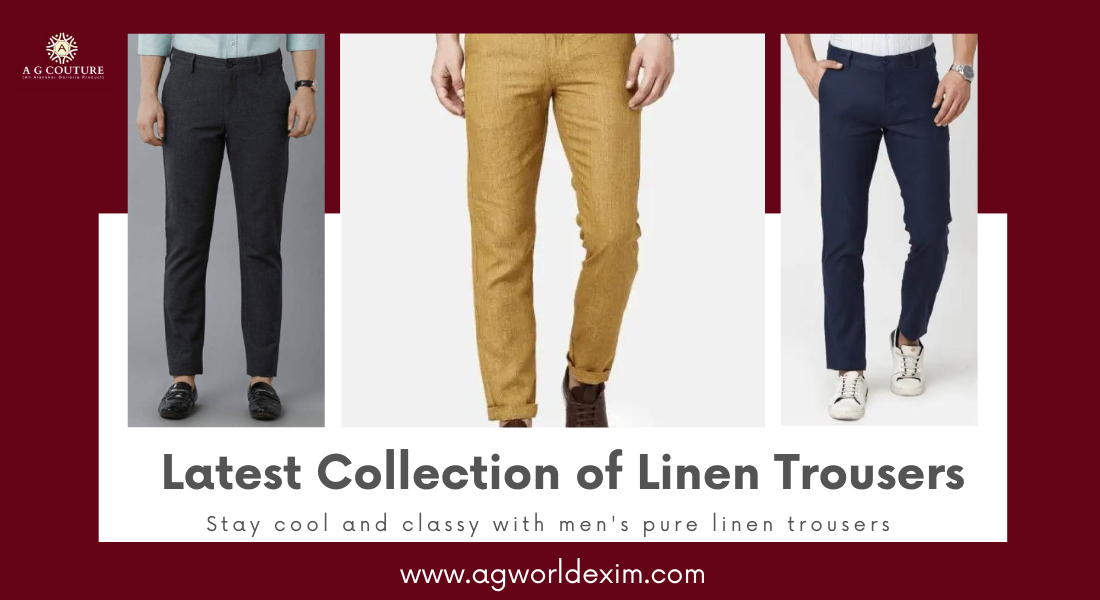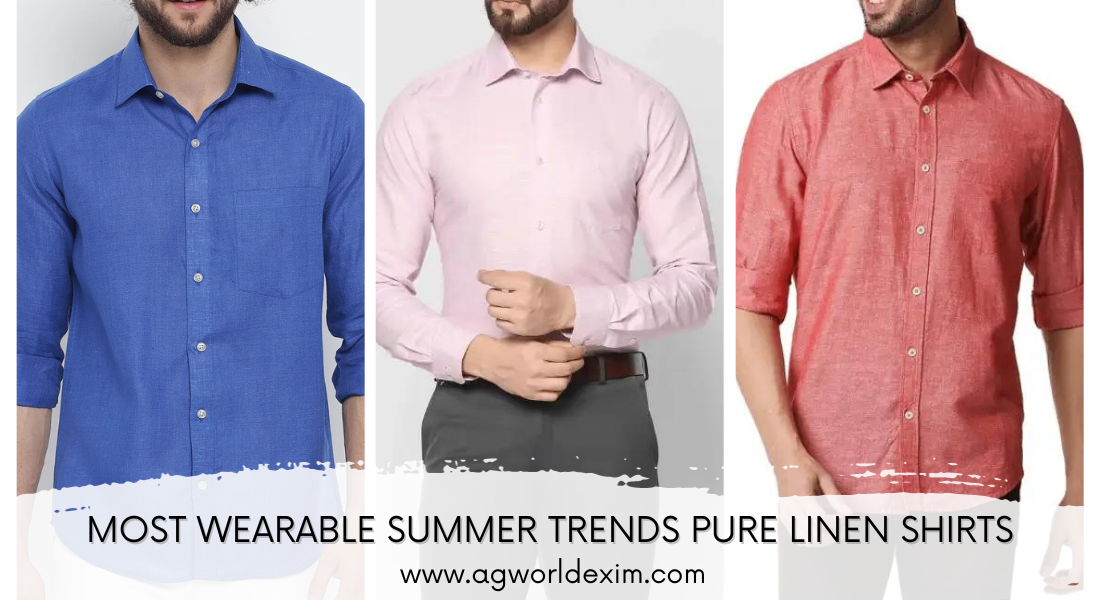Elevate Your Style: A Guide to Men's Formal Suits
Introduction:
When it comes to timeless elegance and sophistication, few garments can rival the men's formal suit. Whether it's for a wedding, a business event, or a formal dinner, a well-fitted suit has the power to make a lasting impression. In this guide, we'll delve into the essential components of a men's formal suit, discuss various styles, offer fitting tips, and explore the importance of accessorizing. So, gentlemen, let's embark on a journey to refine your style and embrace the world of formal suiting.
1. The Anatomy of a Formal Suit:
A formal suit typically comprises three main components: the jacket, trousers, and dress shirt. Each of these elements plays a crucial role in achieving the desired look.
The Jacket: The jacket is the centerpiece of any formal suit. Options include single-breasted and double-breasted styles, with various lapel choices such as notch, peak, and shawl lapels. The fit of the jacket is paramount – it should snugly contour your shoulders, chest, and waist for a polished appearance.
The Trousers: Trousers should sit at your natural waist and drape neatly over your shoes. Consider pleated or flat-front styles based on your body type and personal preference. The hem should have a slight break or be tailored to your desired length.
The Dress Shirt: Choose a crisp, white dress shirt as the foundation. Ensure a proper collar fit and select a cuff style (French cuffs for added formality). Tuck in the shirt neatly and make use of collar stays for a sharp look.
2. Suit Styles for Every Occasion:
There are several suit styles to choose from, each suitable for different occasions:
Business Suit: Opt for a classic navy, charcoal, or gray suit. Stick to subtle patterns like pinstripes or windowpanes for a professional touch.
Black Tie/Formal Suit: For black-tie events, a black tuxedo with satin lapels is the epitome of elegance. Pair it with a white dress shirt, a black bow tie, and patent leather shoes.
Wedding Suit: Depending on the wedding's formality, you can choose between light gray, medium gray, or navy suits. Coordinate with the wedding theme and the bride's attire.
3. The Importance of Fitting:
The key to looking impeccable in a formal suit is the fit. Ill-fitting suits can undermine your entire look. Here's what to consider:
Shoulders: The jacket's shoulder seams should align with your natural shoulder line.
Chest: The jacket should close easily without excessive pulling or gaping.
Sleeves: Sleeves should reveal about a quarter-inch of your dress shirt cuff.
Trousers: They should sit comfortably at your waist and have a clean drape down to your shoes.
4. Mastering Accessories:
Accessories can elevate your formal look to new heights:
Ties and Bow Ties: Coordinate the tie's color and pattern with your suit. For black tie events, opt for a black bow tie.
Pocket Squares: A pocket square adds a touch of panache. It doesn't have to match the tie perfectly but should complement the overall color scheme.
Cufflinks and Studs: These accessories are a must for black-tie affairs. Choose elegant designs that enhance your shirt and suit.
Shoes and Belt: Leather shoes, preferably in black or brown, complete the look. Match your belt's color with your shoe color.
Conclusion:
A well-chosen and properly fitted formal suit is an investment in your style and self-assurance. Whether you're attending a business meeting, a wedding, or a high-profile event, the right suit can give you an air of confidence and authority. Remember, the devil is in the details – from the fit of your jacket to the choice of your accessories. So, gentlemen, embrace the world of men's formal suiting, and let your impeccable style speak volumes wherever you go.



Comments
Post a Comment